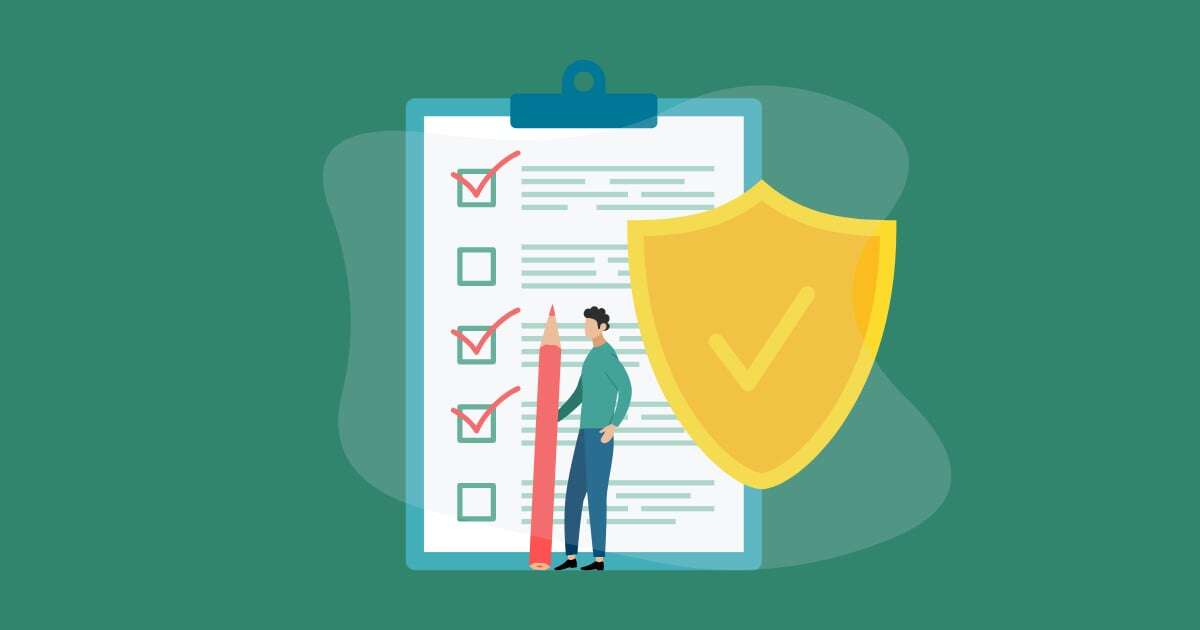2 min read

Related Posts
3 Information Security Principles to Use within Your Vendor Management Program
With the increase in cybersecurity breaches, it’s critical to monitor and fully understand your...
Managing IT Vendor Security Risk
Through your vendor risk management program, you’re supposed to monitor your vendor’s information...
How to Ensure Your Vendors Have Acceptable Information Security Practices in Place
Information Security is front and center in today’s world, especially in these changing times. Many...
Subscribe to Venminder
Get expert insights straight to your inbox.
Ready to Get Started?
Schedule a personalized solution demonstration to see if Venminder is a fit for you.





.gif?width=1920&name=Sample-Graphic-Animation%20(1).gif)



